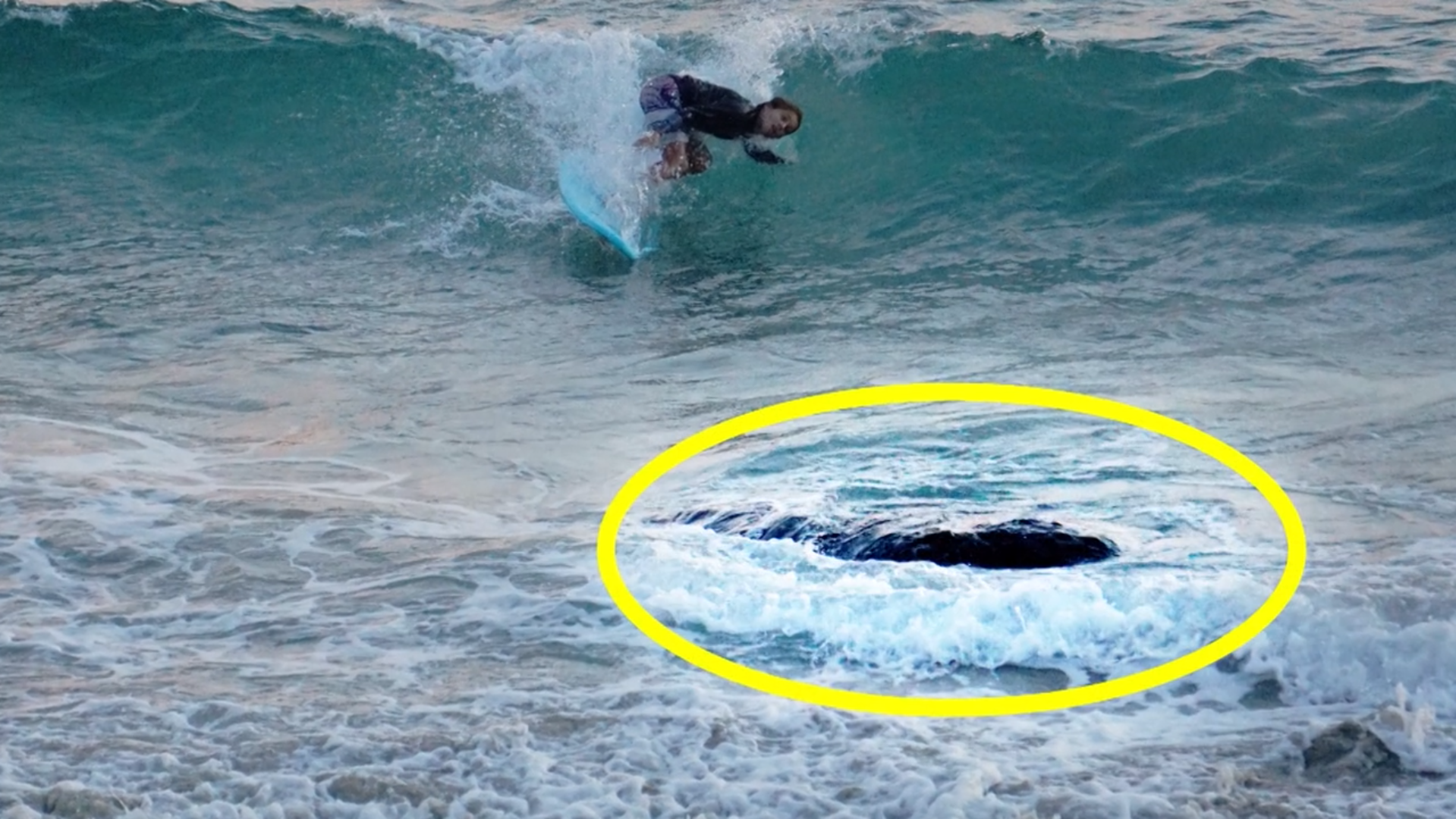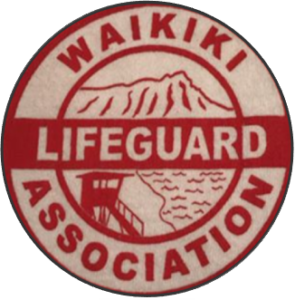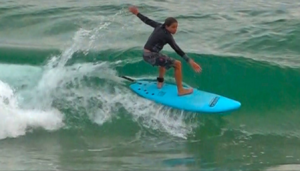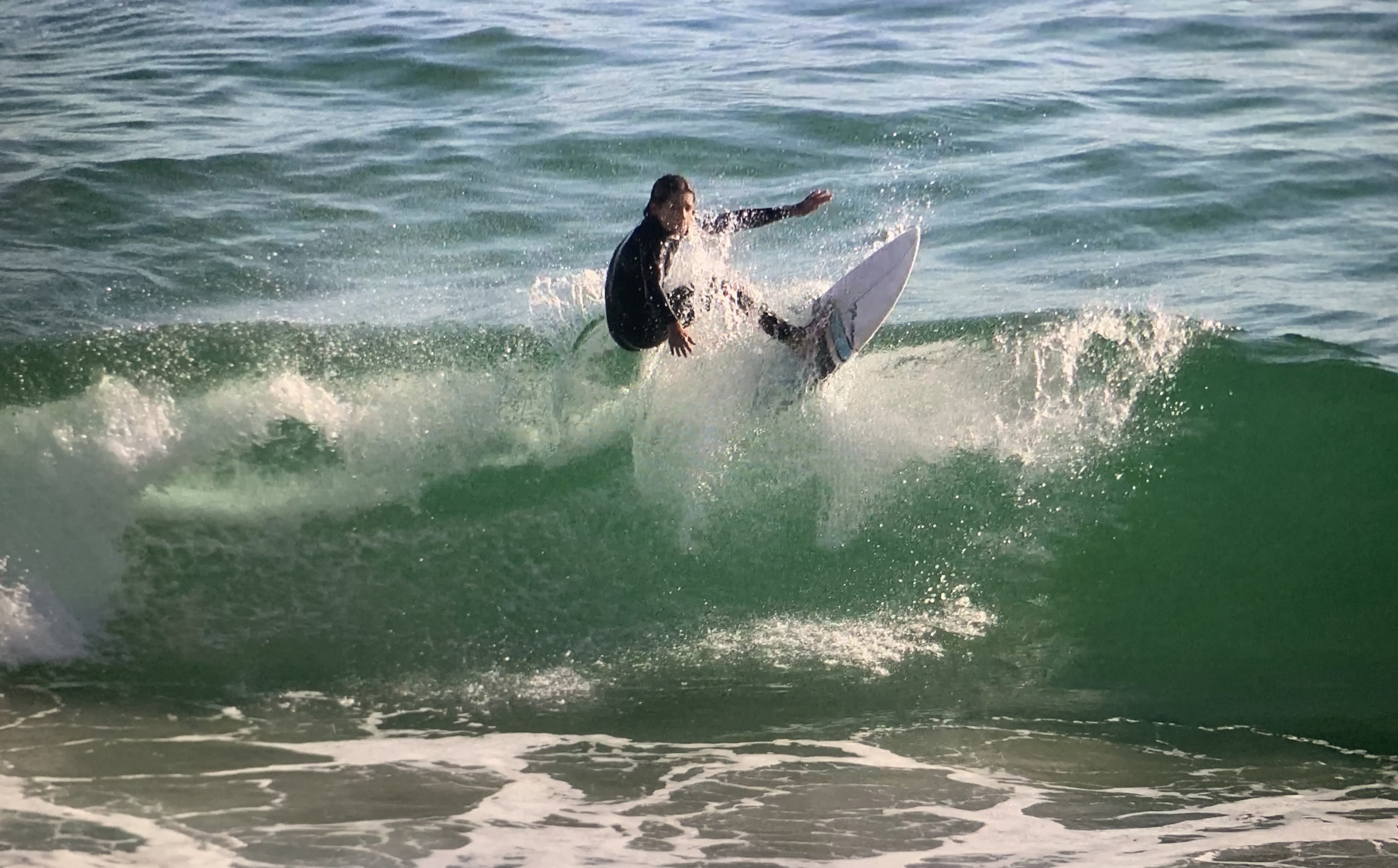
Lifeguard-Surf Program

Ocean coastlines, lakes, and swimming pools represent terrific risks to children, youth, and adults.
The Med Tac principles of prevention of events and harm, preparedness and protection during unavoidable events, and performance improvement that can be learned from historical events are key focus areas for our Lifeguard-Surf Program.
Rescue of unresponsive and responsive victims of the most common water-related accidents are special focus areas of the program. Specific Care Huddle Checklists and Care Packs are being developed for us by lifeguards and those involved with water rescue.
We have launched collaborative programs with the Waikiki Lifeguard Association, provided them with tourniquets, and have arranged for pulse oximeters to be provided to all of their lifeguard towers.
In California, we have provided Stop the Bleed supplies and will be studying the utility of our Lifeguard-Surf Care Pack and placement of AEDs at beaches where first responder and trauma team deployment times are the longest.
Clearly, the risk for drowning and near-drowning sequelae are major health hazards, however surfing, body boarding, and body surfing have significant frequency as well which require bystander care when lifeguards are not immediately available or on duty.


According to recent studies, the breakdown of top surf injuries is as follows:
1. Lacerations (cuts)
- Face 24%
- Feet 20%
- Head 17%
- Legs 16%
- Arms 6%
2. Contusions
- Face 30%
- Chest 23%
- Arms 9%
- Legs 8%
- Feet 8%


3. Sprains & Strains (in order of frequency)
- Knee
- Shoulder
- Ankle*
- Back*
- Neck*
- Hip*
4. Fractures
- Face 30%
- Chest 23%
- Arms 9%
- Legs 8%
- Feet 8%